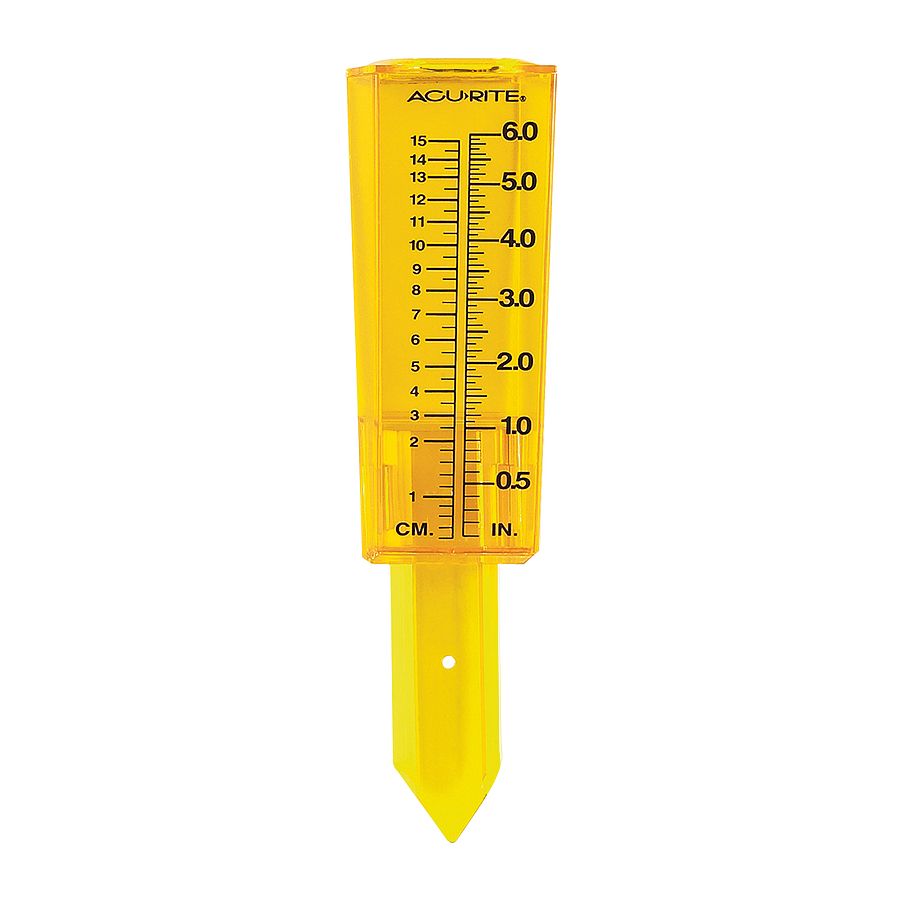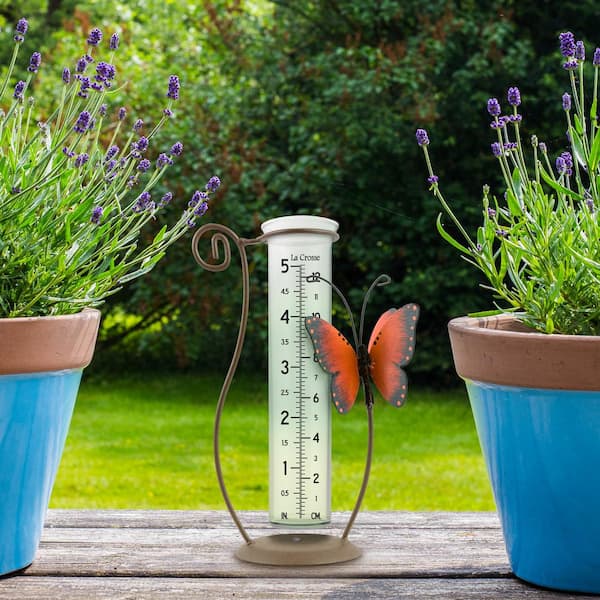Mastering the Science Behind The Rain Gauge: Insights and Innovations Unveiled
Mastering the Science Behind The Rain Gauge: Insights and Innovations Unveiled
Blog Article
Just How to Choose the Right Rain Scale for Accurate Rain Information
To acquire reputable measurements, it is important to choose the appropriate rainfall gauge. Taking into consideration aspects such as place, type, and accuracy of the rain scale will certainly assist make sure exact data collection. Additionally, comprehending the maintenance and calibration treatments will certainly contribute to the longevity and reliability of your rain gauge.
Importance of Selecting the Right Rain Gauge
The significance of choosing the ideal rainfall scale lies in getting exact and dependable rains data for exact meteorological evaluation. Rainfall data is critical for a wide variety of applications, consisting of weather condition projecting, hydrological modeling, and environment study. Incorrect or unstable data can result in wrong final thoughts and flawed decision-making procedures.

Secondly, the precision and precision of the rainfall gauge are vital. The gauge needs to be able to determine rainfall with high accuracy, recording even small quantities of rainfall accurately.
Furthermore, the location and installation of the rain scale are essential considerations. It should be placed in an open area, away from obstructions that might influence rainfall dimensions. The gauge needs to be positioned at an appropriate height and angle to stay clear of splashing and ensure appropriate catchment of rainwater.
Aspects to Consider When Selecting a Rainfall Gauge
When choosing a rainfall scale, there are several essential aspects to take into consideration. There are various kinds available, including conventional rainfall assesses, tipping bucket rainfall determines, and considering rainfall gauges.
Another factor to consider is the material of the rain gauge. Rain gauges can be made of various materials, such as steel, plastic, or glass. The product selected must be long lasting and resistant to climate condition, making certain that the rainfall gauge will certainly withstand the components and offer exact dimensions with time.
Precision is likewise a crucial variable to consider. Search for rain evaluates that have actually been adjusted and tested for precision. Features such as anti-splash rings and funnels can also boost the precision of the measurements.

Last but not least, think about the climate and setting in which the rain scale will be made use of. Different rainfall evaluates appropriate for different environments, so it is essential to choose one that is ideal for the conditions in your location.
Different Sorts Of Rain Determines Offered
To further discover the elements to consider when picking a rainfall gauge, it is important to comprehend the various kinds of rainfall gauges offered. There are a number of sorts of rain evaluates, each with its very own benefits and drawbacks. One of the most usual type is the common rainfall gauge, also referred to as the cylindrical rainfall scale. This kind is composed of a straight-sided round container with a funnel-shaped top. It is simple to utilize and offers precise dimensions of rainfall.
An additional kind of rainfall gauge is the tipping container rain gauge. As the rain falls right into the scale, it loads up one side of the pail, creating it to tip and empty the water.
A 3rd sort of rain gauge is the evaluating rain scale. This gauge utilizes a balance system to gauge the weight of the collected rainfall. As the rain drops right into the navigate here gauge, it is collected in a container attached to an equilibrium. The weight of the water is gauged, and the rainfall quantity is determined based on the weight. Weighing rain determines are extremely accurate but can be extra pricey and need regular upkeep.
Ultimately, there are also remote rainfall determines that use progressed technology to gauge rains (The Rain Gauge). These determines usage sensors and transmitters to send out data wirelessly to a main unit. Remote rain determines are convenient for monitoring rainfall in hard-to-reach locations or for large data collection
How to Determine the Precision of a Rain Gauge
One method to assess the accuracy of a rainfall scale is by carrying out routine calibration dimensions. Calibration includes contrasting the readings of a rain scale to a conventional dimension, such as a qualified rainfall scale or a weather station with high accuracy. By comparing the measurements, any discrepancies or mistakes in the rainfall gauge can be recognized and made up.
To perform a calibration dimension, begin by accumulating rains information from both the rain scale and the standard dimension device over a details period, such as a month. Then, compare the readings and determine recommended you read the difference between them. This distinction is referred to as the calibration mistake.
It is necessary to note that calibration dimensions ought to be executed frequently, as environmental variables, such as wind, debris, and temperature level, can affect the accuracy of the rain scale in time. By performing normal calibrations, any changes in the accuracy of the rain scale can be spotted and modifications can be made accordingly.
Along with calibration, it is also recommended to clean and preserve the rain scale frequently to guarantee its accuracy. Eliminate any kind of particles or blockages that might influence the precision of the measurements, and check for any kind of indications of damage or put on that might require repairs or replacement.
Tips for Keeping and Calibrating Your Rain Gauge
Regular maintenance and calibration are vital for guaranteeing the precision and dependability of your rainfall gauge in measuring rainfall data (The Rain Gauge). By complying with a couple of simple ideas, you can ensure that your rain gauge is correctly maintained and calibrated
To start with, it is essential to clean your rainfall gauge regularly to click over here avoid any type of debris or dust from blocking the rain collection mechanism. Use a soft brush and a moderate cleaning agent to delicately clean the inside and beyond the scale. Wash it thoroughly with clean water and enable it to completely dry entirely before reinstalling it.
Secondly, it is suggested to adjust your rainfall scale at the very least annually. Calibration includes contrasting the dimensions of your rainfall scale with those of a relied on and exact reference gauge. This will help you determine and remedy any type of possible mistakes in your rainfall gauge's measurements.
To calibrate your rain gauge, collect a known volume of water using a determining container and compare it with the measurements taped by your rainfall scale. Change the analyses appropriately to make sure precision.

Verdict
In conclusion, choosing the appropriate rain gauge is critical for obtaining precise rains data. Elements such as purpose, budget plan, and place should be thought about when picking a rain gauge.
There are different types readily available, including typical rain determines, tipping bucket rain evaluates, and considering rain determines.To even more explore the aspects to take into consideration when picking a rainfall scale, it is vital to understand the various kinds of rainfall gauges available. The most usual kind is the standard rain gauge, also known as the round rainfall scale.One more type of rain gauge is the tipping pail rainfall scale. Calibration includes comparing the readings of a rainfall scale to a typical dimension, such as a licensed rain scale or a climate terminal with high accuracy.
Report this page